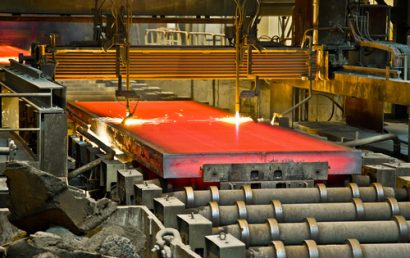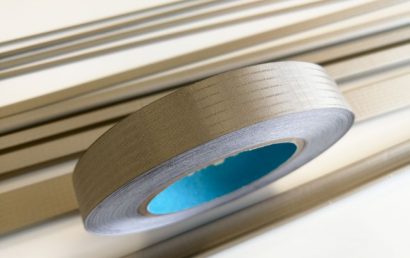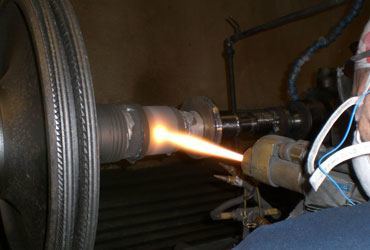What You Need To Know About Microstructure Coatings
The concept of a “protective coating” is anything but a mystery. Think about putting on a raincoat to protect yourself against the inclement weather outside. Of course, thermal sprayed protective coatings applied to microstructures are a lot more involved than that – but you at least get the idea. There is a science to protective thermal sprayed coating technology. But science isn’t everyone’s best subject, now is it?
Is there a way to simplify the concept? Let’s try.
The Basic Concepts Of Thermal Spray Protective Coatings
The engineering of thermal spray coatings offers untold benefits to many industries. These coatings can be used for various components to enhance the surfaces, and thereby the performance, of the coated parts. Numerous properties are offered by these protective coatings including electrical insulation, corrosion resistance, wear resistance, and more. In order for these coatings to work optimally, there must be an understanding of the microstructure being coated. That is the first and foremost hurdle to conquer.
To engineer a successful coating, one must be completely and totally familiar with the coating microstructure. Coating performance can be greatly influenced by the understanding of coating properties like these: oxide levels, adhesion, hardness, and porosity content.
The Thermal Spray Process
If you were to draw a schematic of the thermal spray process, it would involve these basic components:
- A thermal spray source
- Powder injection
- Material feed
- Molten particles
- Jet/spray pattern
- Deposit/coating onto a working surface
The Thermal Spray Coating
In reality, the term “thermal spray” is a relatively generic one. It refers to the process used in a group of nonmetallic and metallic coating applications. The major categories of processes involved are electric-arc of spray, flame spray, and plasma-arc spray. Those are also the sources of energy used for coating material heating.
Preparing the Surface
To assure an adequate bond between the surface and the coating, proper preparation of the surface is necessary. Grit blasting is typically used with which to rough up the surface. If, however, the surface is not properly cleaned after grit blasting, particles can become embedded into the coating. Normally, a coating’s performance will not be significantly affected by a small degree of embedded grit. But, a coating’s adherence to a part can be degraded by a larger degree of grit.
When engineering a coating, another attribute that must be controlled is coating porosity. Porosity content is usually minimized for most coatings in order to maximize their corrosion and wear resistance. However, for high temperature protective thermal barrier coatings, some coating porosity can be beneficial. The reason for this is that the coating performance is enhanced due to the increased thermal insulation provided by the porosity.
A High-Tech Process like This Requires a Professional
There are seemingly unlimited factors that figure into this science. In addition to those above are homogenous coatings, composite coatings, semi melted and un-melted particles, oxidation, lamellar structure, and so much more. Now, at least, you have a few of the basics. But it takes a true, seasoned professional to properly utilize protective thermal sprayed coating technology.
Could your business or industry benefit from the use of protective coatings applied through a thermal spray process? The answer is “undoubtedly, yes”. In all likelihood, there isn’t a single industry that wouldn’t benefit, in some way, from protective coatings and the thermal spray process. If you would like to find out more about how protective coatings could assist you, your business, or your industry, contact one of the experts at A & A Coatings. We have knowledgeable staff available to answer all your thermal spray inquiries.



